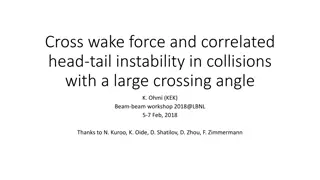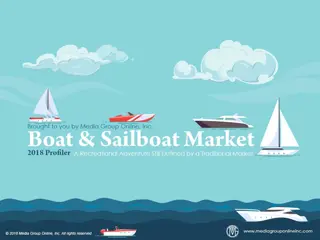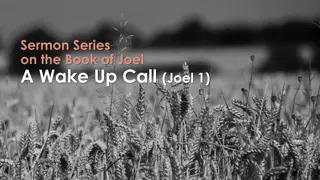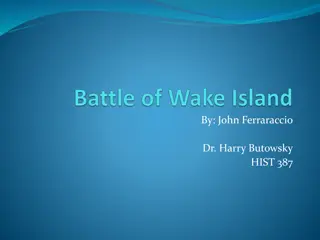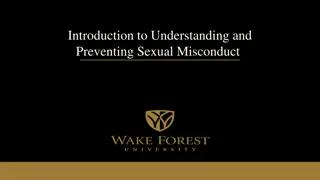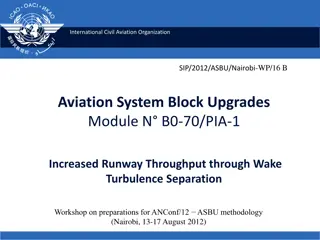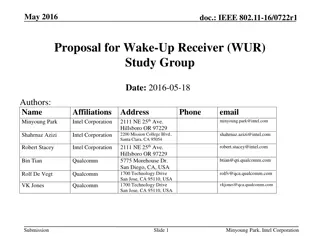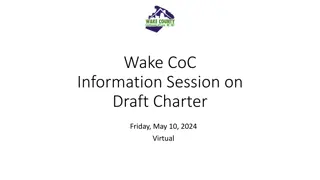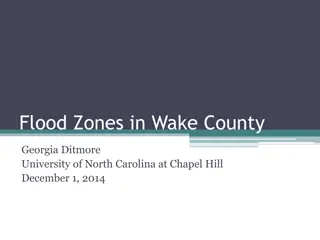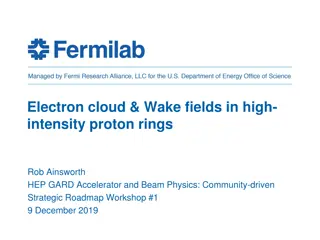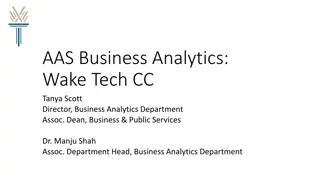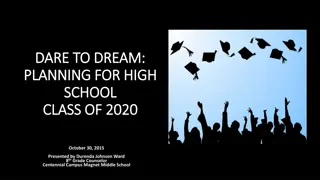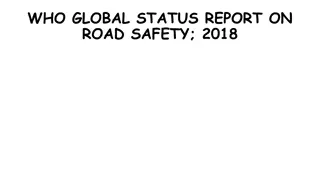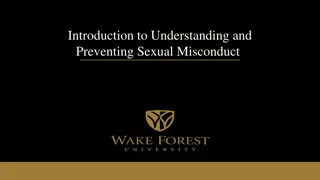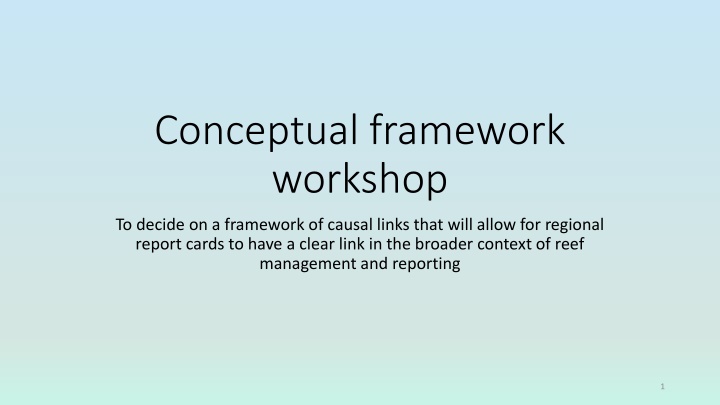
Reef Management and Reporting Framework Workshop
Join the conceptual framework workshop to establish causal links for regional report cards in the context of reef management. Understand existing frameworks, linkages, and strategic roles within broader reef policy and reporting landscape.
Download Presentation

Please find below an Image/Link to download the presentation.
The content on the website is provided AS IS for your information and personal use only. It may not be sold, licensed, or shared on other websites without obtaining consent from the author. If you encounter any issues during the download, it is possible that the publisher has removed the file from their server.
You are allowed to download the files provided on this website for personal or commercial use, subject to the condition that they are used lawfully. All files are the property of their respective owners.
The content on the website is provided AS IS for your information and personal use only. It may not be sold, licensed, or shared on other websites without obtaining consent from the author.
E N D
Presentation Transcript
Conceptual framework workshop To decide on a framework of causal links that will allow for regional report cards to have a clear link in the broader context of reef management and reporting 1
Objectives Common understanding of the frameworks which underpin existing monitoring/ management programs To be able to link Regional Report Cards to bigger picture of Reef policy, management and reporting Strategic role for regional report cards within the broader context 2
Reef 2050 Long-Term Sustainability Plan Reef Water Quality Protection Plan RIMReP Paddock to Reef program Q Catchments Walking the Landscape and Whole-of-system Catchment Management Framework 3
DPSIR Framework Drivers - Fundamental forces that drive change in environment Population, economic development, climate change Pressures - Human actions, biophysical agents causing change Land clearing, impoundments, weather events State - Condition of ecological assets WQ, habitat extent, Impact - Change in human well-being from change in ecosystem services Response - Management response Reduction, mitigation, adaptation 4
Paddock to Reef Program Measures and Reports on Reef 2050 Plan Targets Produce GBR Report Card Regional Report Cards integrate P2R data 6
Paddock to Reef Driving Forces - Climate, Population Growth, Economic Growth Pressures - Land management and use ( agriculture and urban) Mechanism Sediment <18 m; Nutrients DIN, PN, PP; Pesticides cumulative toxicity (ms-PAF) State - WQ, Seagrass condition, coral condition Impact - Health of Inshore Ecosystem Condition, Outstanding Universal Value, Tourism, Fish Response - Policy, Reef 2050/LTSP, WQIP, Investment, Targets, Regulations 7
Mackay Whitsunday Report Card An example from the Mackay Whitsunday report card: Driver: Population growth Pressure: Agricultural development (e.g. grazing) State: Increased sediment in waterways Impact: Declines in seagrass communities Response: Implement riparian fencing along impacted streams 8
Regional WQ Improvement Plans Identifies Environmental Values Establishes management goals and Water Quality Objectives to protect EVs Set targets The so what associated with use of report cards 9
Indicator diversity Social Human health Cultural values Economic Employment Industry GDP Environmental Ecosystem services Ecosystem function Ecosystem condition 10
Linking indicators to decision making How indicator chosen What is its purpose What is the decision for any given indicator score Do changes in indicator reliably and credibly trace to policy or management changes Quality of conceptual model What are the range of possible responses from indicator scores Who responds
Casual relationships State Impact Response So if response doesn t feed back to state then need to look at conceptual framework and connections Use of modelling to separate out things like climate change/variability Lack of link between State and Impacts on Ecosystem Services 12
Conceptual Disjunct Impact on Ecosystem Services rather than State Report Cards use Environmental Values QWQ Guidelines for Aquatic Ecosystems Are there other Ecosystem Services Recreation Irrigation Stock water 13
Issues GBR Reporting against targets and policy Very broad scale under Reef 2050 Long Term Sustainability Plan and Water Quality Improvement Plan Use catchment scale but do not have monitoring at catchment scale Targets need to be linked to Ecosystem Services but do not have indicators for Ecosystem Services Not clear where State impinges on Impact on Ecosystem Services Few clear links between Environmental Values and Ecosystem Services 14
Issues Targets need to be set at local level as changes may not be detected at large basin level Use of modelling to measure change in State at Pressure level but won t detect change of state if something unusual happens How to justify actions to achieve targets when don t know connection to Ecosystem Services 15
Outcomes Framework to include Impact on Ecosystem Service Concept models consistent with Framework Indicators consistent Link State (biodiversity indicator) to Ecosystem Service (ecosystem resilience) 16




